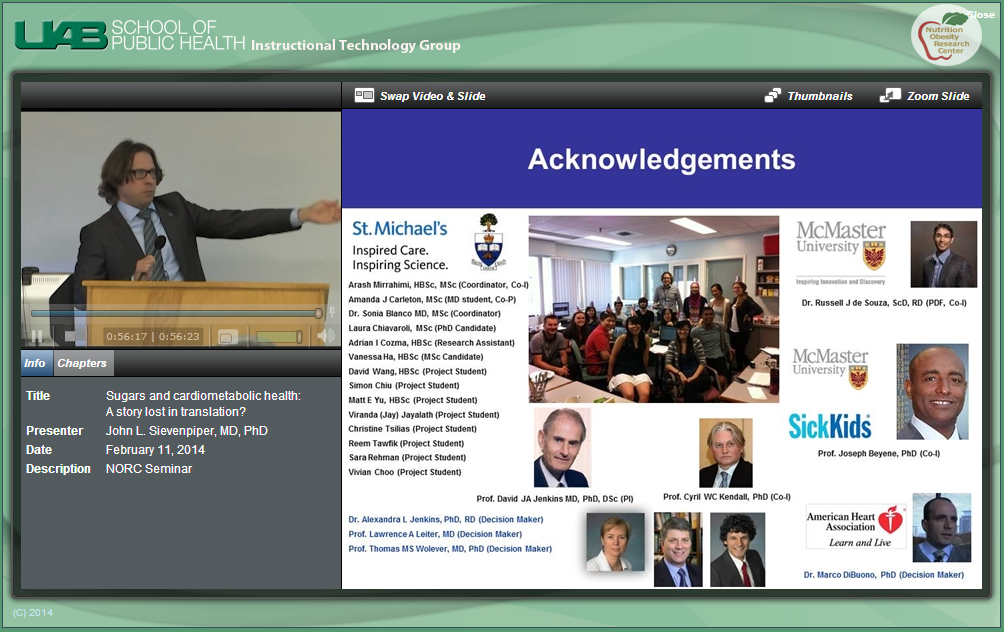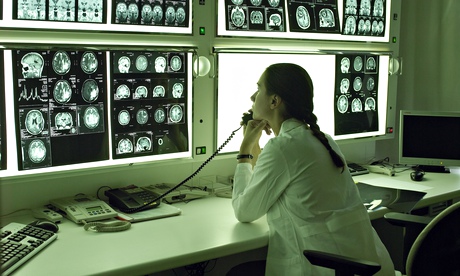Nice sounding food labelling system. As Bittman suggests, at least a decade away…
http://www.nytimes.com/2012/10/14/opinion/sunday/bittman-my-dream-food-label.html
My Dream Food Label
By MARK BITTMAN
Published: October 13, 2012
¶WHAT would an ideal food label look like? By “ideal,” I mean from the perspective of consumers, not marketers.
Multimedia
The Proposed Nutrition Label: A Quick Read, Out Front
¶Right now, the labels required on food give us loads of information, much of it useful. What they don’t do is tell us whether something is really beneficial, in every sense of the word. With a different set of criteria and some clear graphics, food packages could tell us much more.
¶Even the simplest information — a red, yellow or green “traffic light,” for example — would encourage consumers to make healthier choices. That might help counter obesity, a problem all but the most cynical agree is closely related to the consumption of junk food.
¶Of course, labeling changes like this would bring cries of hysteria from the food producers who argue that all foods are fine, although some should be eaten in moderation. To them, a red traffic-light symbol on chips and soda might as well be a skull and crossbones. But traffic lights could work: indeed, in one study, sales of red-lighted soda fell by 16.5 percentin three months.
¶A mandate to improve compulsory food labels is unlikely any time soon. Front-of-package labeling is sacred to big food companies, a marketing tool of the highest order, a way to encourage purchasing decisions based not on the truth but on what manufacturers would have consumers believe.
¶So think of the creation of a new food label as an exercise. Even if some might call it a fantasy, the world is moving this way. Traffic-light labeling came close to passing in Britain, and our own Institute of Medicine is proposing something similar. The basic question is, how might we augment current food labeling (which, in its arcane detail, serves many uses, including alerting allergic people to every specific ingredient) to best serve not only consumers but all contributors to the food cycle?
¶As desirable as the traffic light might be, it’s merely a first step toward allowing consumers to make truly enlightened decisions about foods. Choices based on dietary guidelines are all well and good — our health is certainly an important consideration — but they don’t go nearly far enough. We need to consider the well-being of the earth (and all that that means, like climate, and soil, water and air quality), the people who grow and prepare our food, the animals we eat, the overall wholesomeness of the food — what you might call its “foodness” (once the word “natural” might have served, but that’s been completely co-opted), as opposed to its fakeness. (“Foodness” is a tricky, perhaps even silly word, but it expresses what it should. Think about the spectrum from fruit to Froot Loops or from chicken to Chicken McNuggets and you understand it.) These are considerations that even the organic label fails to take into account.
¶Beyond honest and accurate nutrition and ingredient information, it would serve us well to know at a glance whether food contains trans fats; residues from hormones, antibiotics,pesticides or other chemicals; genetically modified ingredients; or indeed any ingredients not naturally occurring in the food. It would also be nice to be able to quickly discern how the production of the food affected the welfare of the workers and the animals involved and the environment. Even better, it could tell us about its carbon footprint and its origins.
¶A little of this is covered by the label required for organic food. Some information is voluntarily being provided by producers — though they’re most often small ones — and retailers like Whole Foods. But only when this kind of information is required will consumers be able to express preferences for health, sustainability and fairness through our buying patterns.
¶Still, one can hardly propose covering the front of packages with 500-word treatises about the product’s provenance. On the other hand, allowing junk food to be marketed as healthy is unacceptable, or at least would be in a society that valued the rights of consumers over those of the corporation. (The “low-fat” claim is the most egregious — plenty of high-calorie, nutritionally worthless foods are in fact fat-free — but it’s not alone.)
¶All of this may sound like it’s asking a lot from a label, but creating a model wasn’t that difficult. Over the last few months, I’ve worked with Werner Design Werks of St. Paul to devise a food label that, at perhaps little more than a glance (certainly in less than 10 seconds), can tell a story about three key elements of any packaged food and can provide an overall traffic-light-style recommendation or warning.
¶How such a labeling system could be improved, which agency would administer it (it’s now the domain of the F.D.A.), which producers would be required to use it, whether foods should carry quick-response codes that let your phone read the package and link to a Web site — all of those questions can be debated freely. Suffice it to say we went through numerous iterations to arrive at the label we are proposing. We put it out here not as an end but as a beginning.
¶Every packaged food label would feature a color-coded bar with a 15-point scale so that almost instantly the consumer could determine whether the product’s overall rating fell between 11 and 15 (green), 6 and 10 (yellow) or 0 and 5 (red). This alone could be enough for a fair snap decision. (We’ve also got a box to indicate the presence or absence of G.M.O.’s.)
¶We arrive at the score by rating three key factors, each of which comprises numerous subfactors. The first is the obvious “Nutrition,” about which little needs to be said. High sugar, trans fats, the presence of micronutrients and fiber, and so on would all be taken into account. Thus soda would rate a zero and frozen broccoli might rate a five. (It’s hard to imagine labeling fresh vegetables.)
¶The second is “Foodness.” This assesses just how close the product is to real food. White bread made with bleached flour, yeast conditioners and preservatives would get a zero or one; so would soda; a candy bar high in sugar but made with real ingredients would presumably score low on nutrition but could get a higher score on “foodness”; here, frozen broccoli would rate a four.
¶The third is the broadest (and trickiest); we’re calling it “Welfare.” This would include the treatment of workers, animals and the earth. Are workers treated like animals? Are animals produced like widgets? Is environmental damage significant? If the answer to those three questions is “yes” — as it might be, for example, with industrially produced chickens — then the score would be zero, or close to it. If the labor force is treated fairly and animals well, and waste is insignificant or recycled, the score would be higher.
¶These are not simple calculations, but neither can one honestly say that they’re impossible to perform. It may well be that there are wiser ways to sort through this information and get it across. The main point here is: let’s get started.
<nyt_correction_bottom>
<nyt_update_bottom>
A version of this op-ed appeared in print on October 14, 2012, on page SR6 of the New York edition with the headline: My Dream Food Label.
Published: October 13, 2012
The Proposed Nutrition Label: A Quick Read, Out Front

MAMA C’S ORGANIC TOMATO SAUCE This contains organic tomatoes, extra virgin olive oil, and fresh herbs; it’s even refrigerated, so it contains no preservatives.
Since Mama C runs an organic operation with a full-time labor force receiving benefits, the score here is superhigh all around, and the label is green.
0-5
6-10
11-15 points
CHOCOLATE FROSTED SUPER KRISPY KRUNCHIES Fifty percent sugar; almost all nutrients come from additives. But it does contain 10 percent of the daily allowance of fiber.
It’s barely recognizable as food in any near-natural form, and it’s made from hyper-processed commodity crops. However, workers in the plant are full time and receive benefits (and no animals are harmed), so a couple of points there (environmentally, however, the welfare is negative, so these points are mitigated): 2. Thus, red.
 Graphic
Graphic





